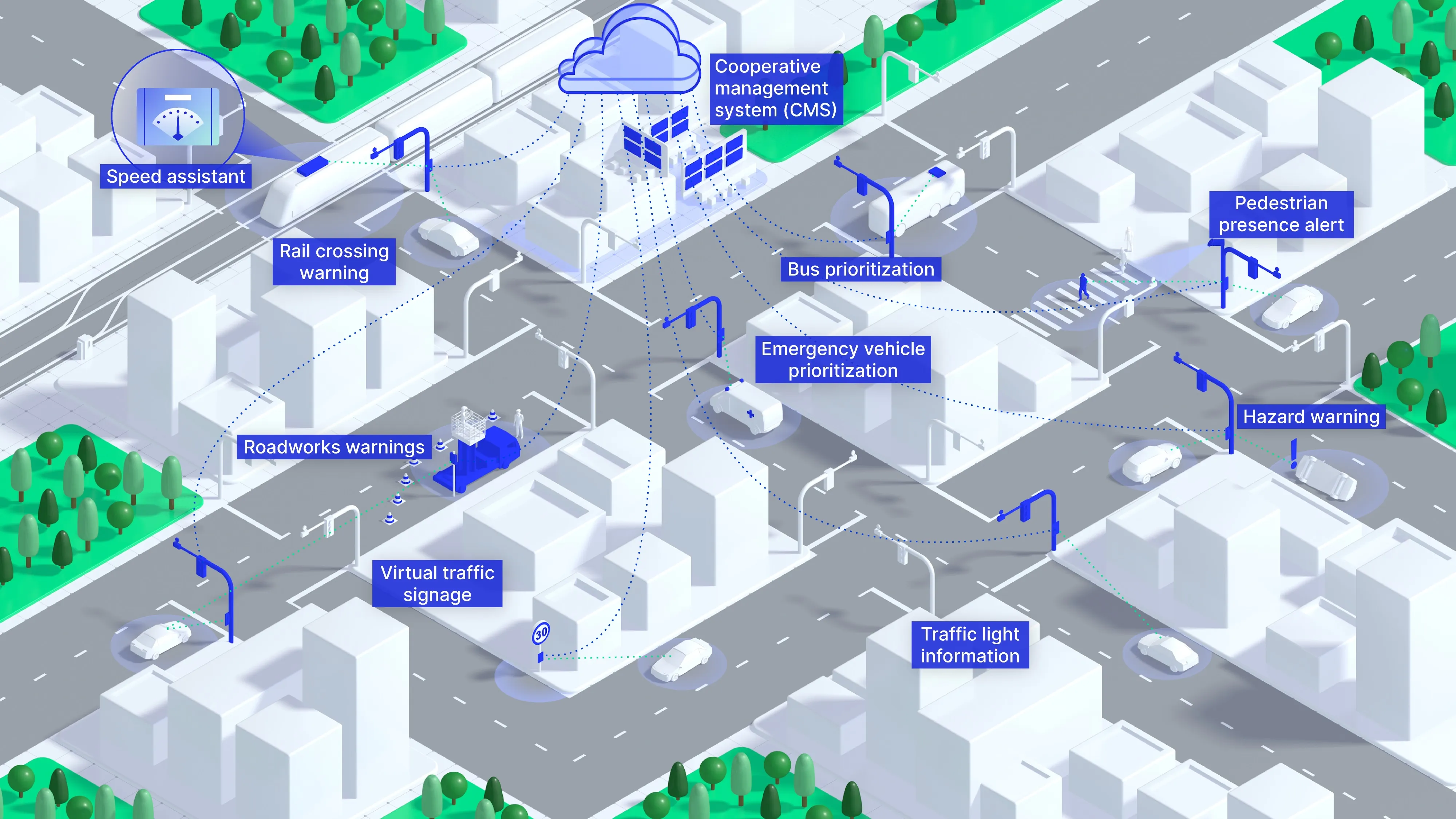A new report from
According to the report, Automotive Cyber Security Market by Security Type, the major factors behind the growth of the global automotive cyber security market are the growing connected cars being introduced from OEMs and rising security concerns among end-users.
The demand for cars has also witnessed a boost recently in the North American region with the convergence of the ICT sector, the automotive sector, and the transportation sector, resulting in the emergence of the connected vehicle network. The emergence of connected technology has given a new factor to OEMs to remain relevant in a reduced demand in the market. Thus, from the increasing use of connected cars it is evident that the need for cyber security in cars will also increase in the North American market.
The network security market size in the global cyber security market has the maximum market share during the forecast period. Network security encompasses security products and services that are used to detect and prevent auto cyber threats in a typical automotive computer network. It ensures protected network through restricted device management accessibility to automotive terminal, management ports, authorized services, and protocols.
The network communication enables consumers to seamlessly interconnect their smartphones/network devices to their car and experience feature-rich interactive applications on the go. Nowadays, network communication is one of the key reasons for malicious activity seen in the connected cars market, where a typical hack can easily take place due to third-party network communication access in a connected automobile.
In the connected vehicle ecosystem, a vehicle communicates with other vehicles and the infrastructure, which involves data exchange. This data exchange also presents a potential security threat as the hackers can use it as a point of entry. Apart from external communications, a connected vehicle also features internal communication channel to exchange data within the vehicle. It is crucial to secure these channels to minimize the threats to critical systems which are interconnected.
Global automotive cyber security market to be ‘worth US$31.8 million by 2021’
A new report from MarketsandMarkets projects the global automotive security market to grow at a CAGR of 13.3 per cent between 2016 and 2021, reaching a market size of US$31.8 million by 2021. According to the report, Automotive Cyber Security Market by Security Type, the major factors behind the growth of the global automotive cyber security market are the growing connected cars being introduced from OEMs and rising security concerns among end-users.
July 12, 2016
Read time: 2 mins








